One of the most under-appreciated problems in home recording is the sound of your room. Ever record a vocal track in your home studio (typically a bedroom or basement) and despite the great vocal performance, great preamps, and top of the line microphone, the track still doesn’t sit in the mix right? We’ve all had the problem where the vocal track doesn’t sound like 99% of the professional recordings we’ve heard on the radio -leaving us scratching our head and asking ourselves “Why?”. And where most people will blame their microphone or their mixing skills, the one thing that everyone overlooks is the sound of the room. You can be using a $17,000.00 vintage Telefunken, but even that magical and legendary microphone won’t keep your voice from bouncing off of drywall.
Enter the Reflexion Filter…
The Reflexion Filter from sE Electronics is basically a portable device for recording live sound sources with reduced room ambience. It is an advanced composite wall which is positioned behind any microphone by means of a variable position stand clamp assembly which ships with the product. The main function is to help obtain a ‘dry’ vocal or instrument recording. This is especially useful in studios without proper acoustic treatment, but can also be used to help record takes in control rooms, where the performer also has to operate the recording device, or in rehearsal studios to reduce ambient noise.
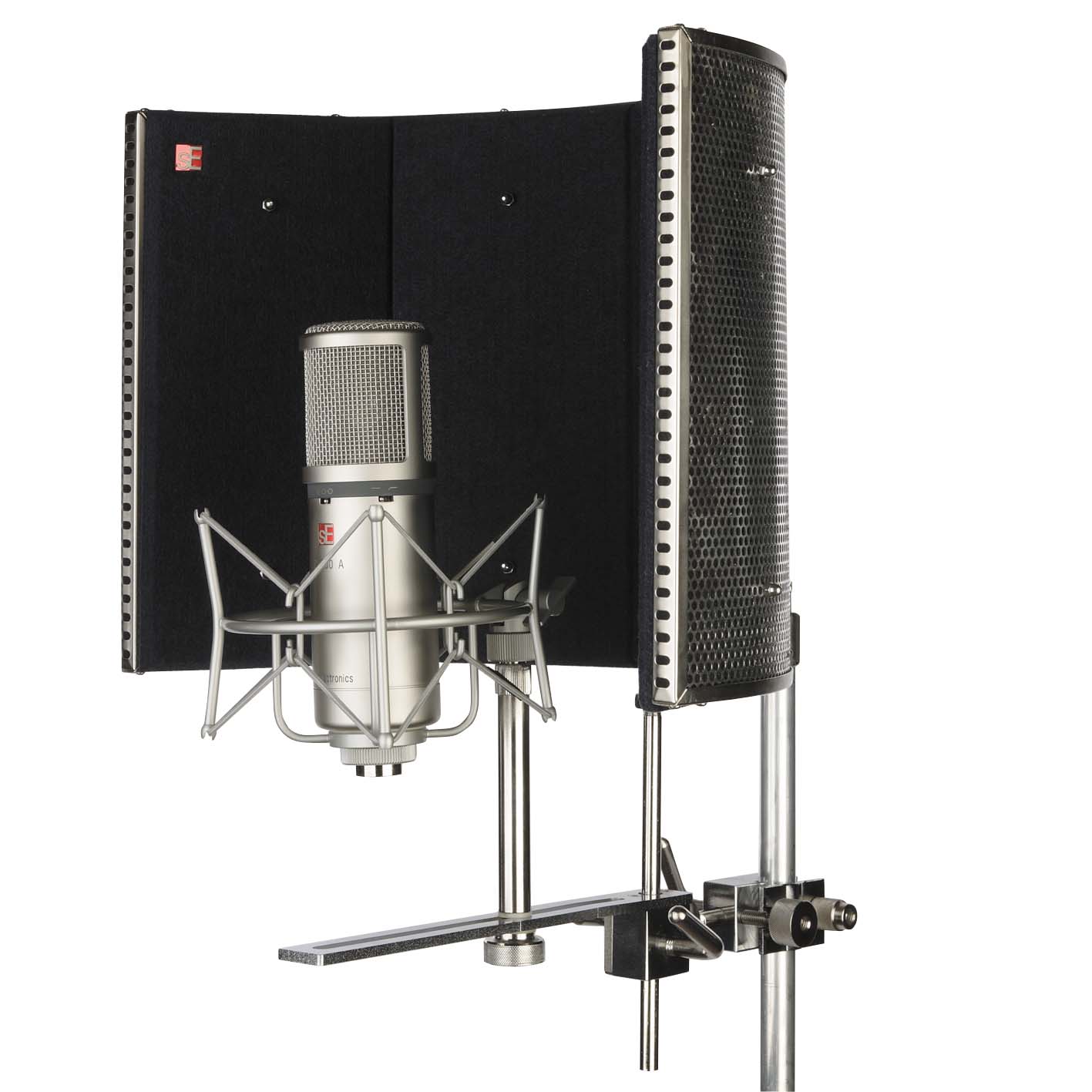
How does it work?
The Reflexion Filter has 6 main layers. Firstly, a strong layer of punched Aluminium which allows sound waves to pass through it, diffused, to a layer of absorptive wool. The sound waves then hit a layer of aluminium foil which helps dissipate energy and break up the lower frequency waveforms, and from here they hit an air space kept open by rods passing through the various layers. The air gap acts as an acoustic barrier. The sound waves then pass to a further layer of wool and then through an outer, punched, aluminium wall which further serve to absorb then diffuse the remaining acoustic energy. The various layers both absorb and diffuse the sound waves hitting them, so progressively less of the original source acoustic energy passes through each layer. This reduces the amount of energy hitting un-treated walls and other surfaces so there is less of the original source reflected back as unwanted room ambience to the mic. The Reflexion Filter also helps prevent any reflected sound reaching the back and sides of the mic. Its shape and size have been carefully tested to maximize absorption while keeping ‘coloration’ down to only around 1dB, and leaving the microphone’s polar pattern unaffected.
The main absorber has 4 formed pieces of state-of-the-art special acoustic absorptive material attached to its face via the extended separation rods, which further serve to absorb and then diffuse the sound waves as they pass to the main filter.
The stand assembly is comprised of a mic stand clamp fitting, which attaches by means of a vertical joint to the horizontal bar assembly onto which both the Reflexion Filter and any standard fitting shock mount can be fixed. The microphone (in its shock mount) can then be moved both vertically and horizontally along the bar, and the Reflexion Filter itself can be moved vertically to obtain the optimum working position.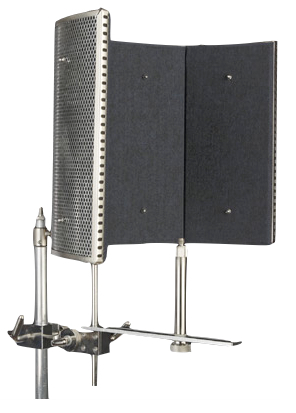
Final Verdict
All in all, it’s a very clever and desirable piece of equipment. It allows you to record vocals, guitars, etc with a ‘drier’ sound without having to have an acoustically treated room. With the Reflexion Filter, you won’t have the added room noise that makes it impossible to fit your vocal tracks in the mix. It allows you to get a dry, untainted sound that’s only picking up the source you’re trying to record and nothing else. Because of this, vocal tracking frustrations will be a thing of the past. It’s portable, it uses state of the art materials, and most importantly it works! It’s also a fraction of the cost of acoustically treating your studio environment! Every serious recording musician needs one of these in their arsenal.
You can find the sE Electronics Reflexion Filter, sE microphones, and other great new music products at www.macsales.com/music today!
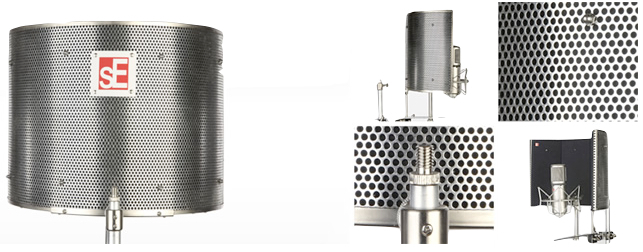
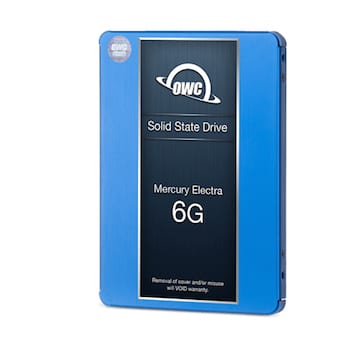
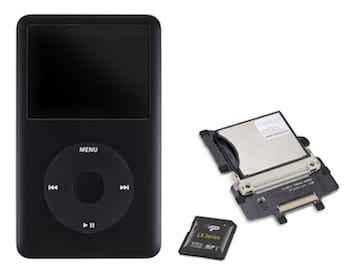



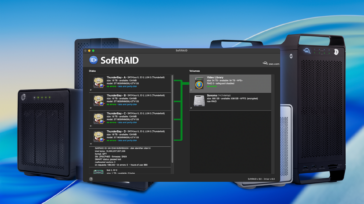


I’ve been using one of the AE-F Reflection Filters I got off ebay a while ago I don’t know if they still sell them there but it’s been working nicely and I got it pretty cheap too. That was the most important part I for like 300 the SE thing is more than my mic but I’m not much of a singer singer anyway but I do like screaming my vocals over my bands music. Mines a greyish silver and the foam is like the one of the ends of that I guess that’s their new one but I’m really pleased with it especially with my loud voice lol.
Looking for a good site to uplaod my hard house mix to any ideas i would need some feed back on my mixing as i am new to the dj world thanks
i really need to go get me one of those. will make recording a lot easier
Hey, if it’s good enough for Stevie Wonder, good enough for me.
http://eshop.macsales.com/item/sE%20Electronics/SEERF/
Music Stands – Glad you found us! You’re going to be hearing a lot more about OWC Music in the upcoming months. We’re adding hundreds of new products each month with a special emphasis on technology and the recording musician. With more and more people (including professionals) recording in their homes now – it’s important for a company to step up and address those people’s needs. That’s what OWC Music is all about.
HSP – With the Reflexion Filter, the microphone will never be enclosed. However, most of the reflection from the sound source travels around and through the mic, reflected off of the surrounding surfaces (i.e. drywall, cement, wood, etc) and is ultimately picked up as room noise (even if the mic only has a cardioid pickup pattern). The purpose of the design of the RF is to help eliminate that reflection and room noise. I didn’t believe it either until I purchased one myself and used it (I’m very skeptical about products -they’re all worthless until proven useful in my court). However, if you’re recording in an ambient cathedral, the RF will not create a sound proof force field around the mic. It’s merely there to help remove the room from standard home recording environments. The deeper you set the mic into the RF, the dryer your sound, and vice versa. It’s really pretty versatile and instantly improves your recordings. I’ve even known people that have extremely expensive studios that use it in their vocal booths – it can improve your sound even then as well.
Interesting. The mic it’s still in the open, so I don’t think this it’s the best idea for a home studio. But if it does what it says, it’s still great.
Hi, I found your blog via Google while searching for music stands and your post regarding trouble getting a pro vocal sound in your home studio? | Other World Computing Blog looks very interesting for me